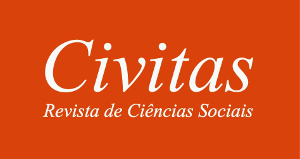Abstract:
This paper discusses how Norbert Elias's theoretical-methodological framework may help to think about the relation between child and city. It investigates, from a theoretical view -but also from some research results-, what is the influence of spatial dimension in the networks of interdependencies of children. In order to do so, three important aspects for this type of knowledge production are highlighted: the Eliasian theoretical-methodological construct based on social configurations; the implications of this construct to think research studies with children; and the implications of it to understand how different children may live in such excluding cities, which are hierarchical and which produce inequalities. It is possible to conclude that this framework helps very much because it promotes a type of space comprehension as woven from different gradients of power and status, and as an element that relates the positions children and their families hold in the neighborhood and the city configurations. On the other hand, as children act in their own networks, they question, mean, tension, and change the territory such as any other citizen.
Keywords:
Child; Neighborhood; City; Curitiba; Norbert Elias
